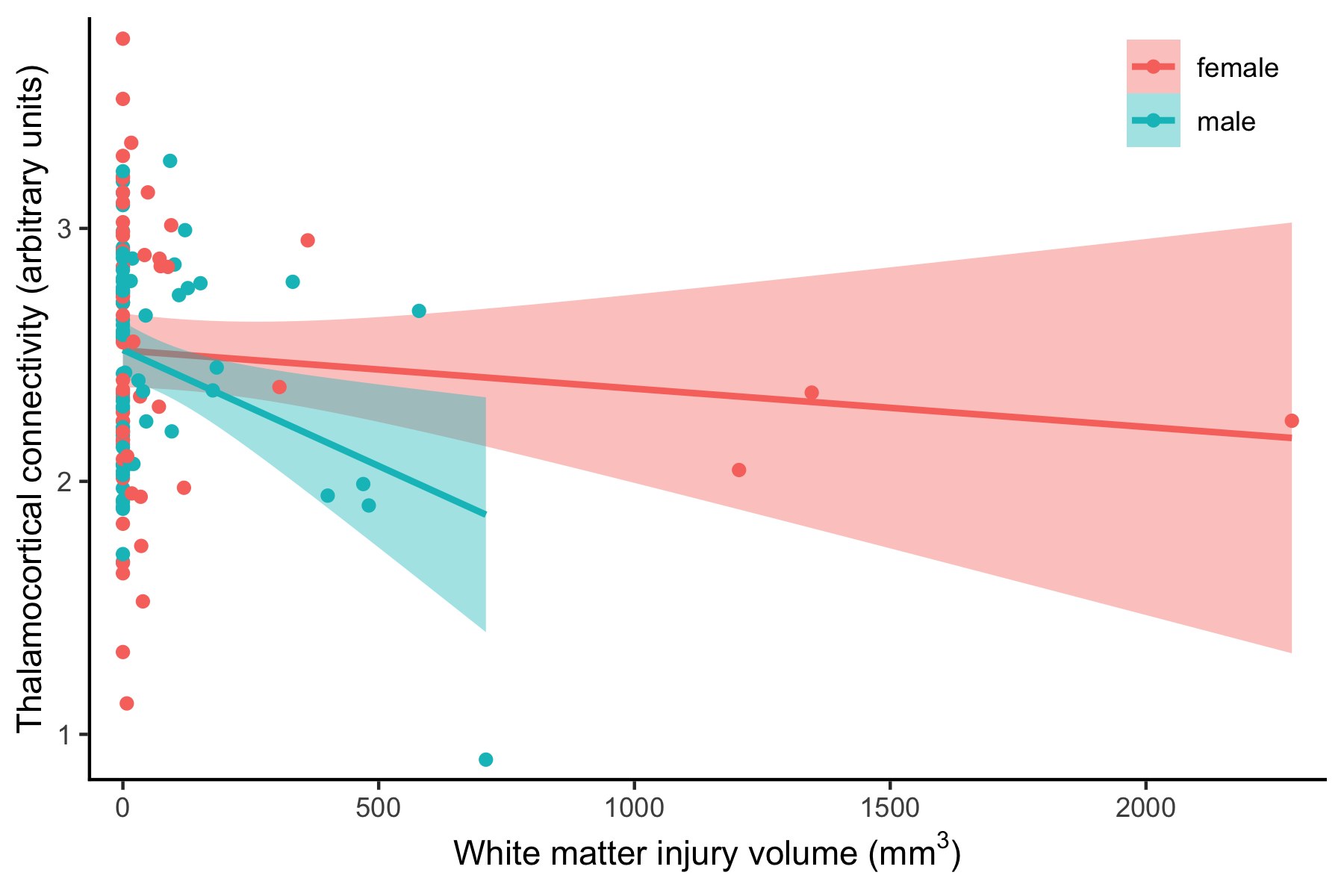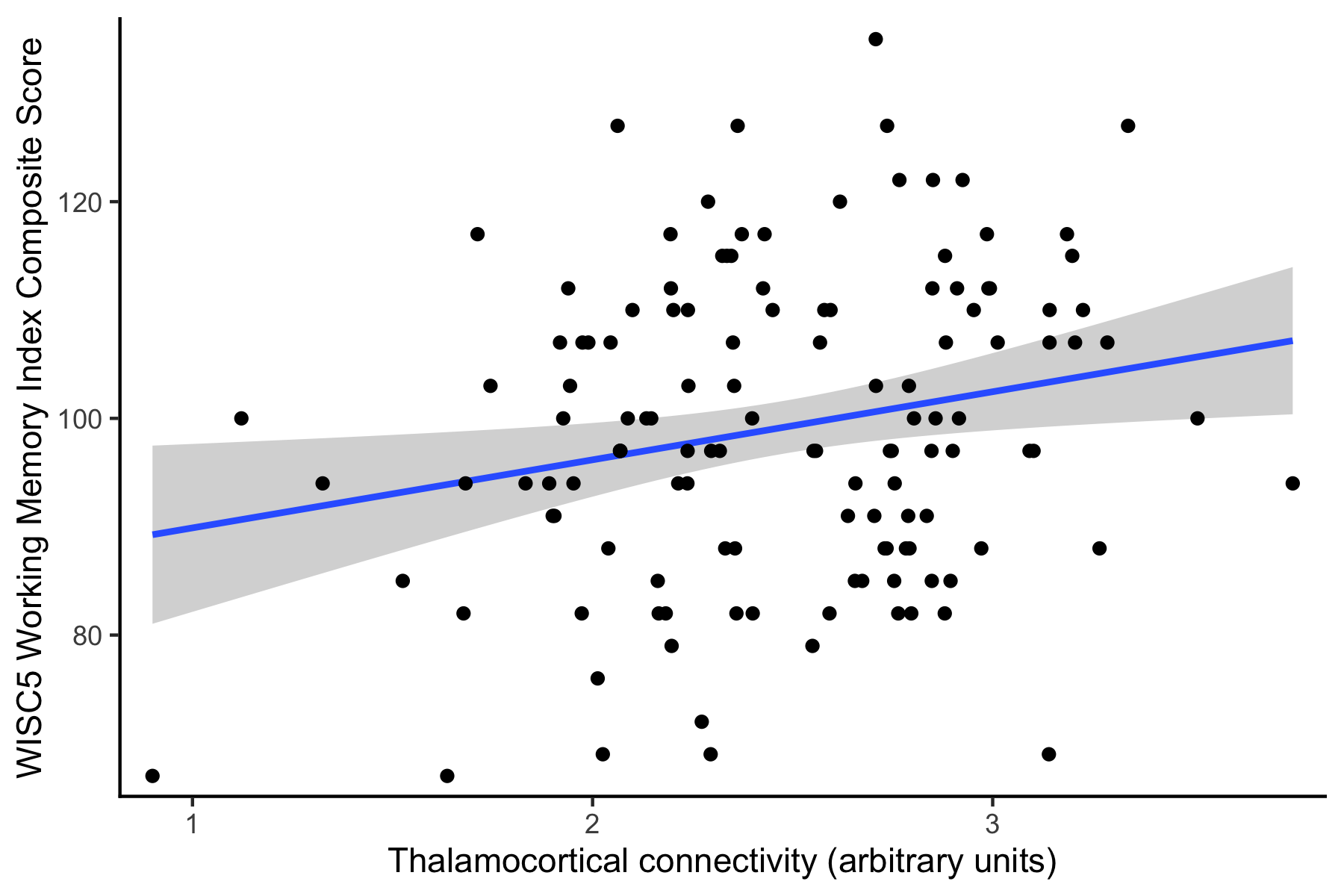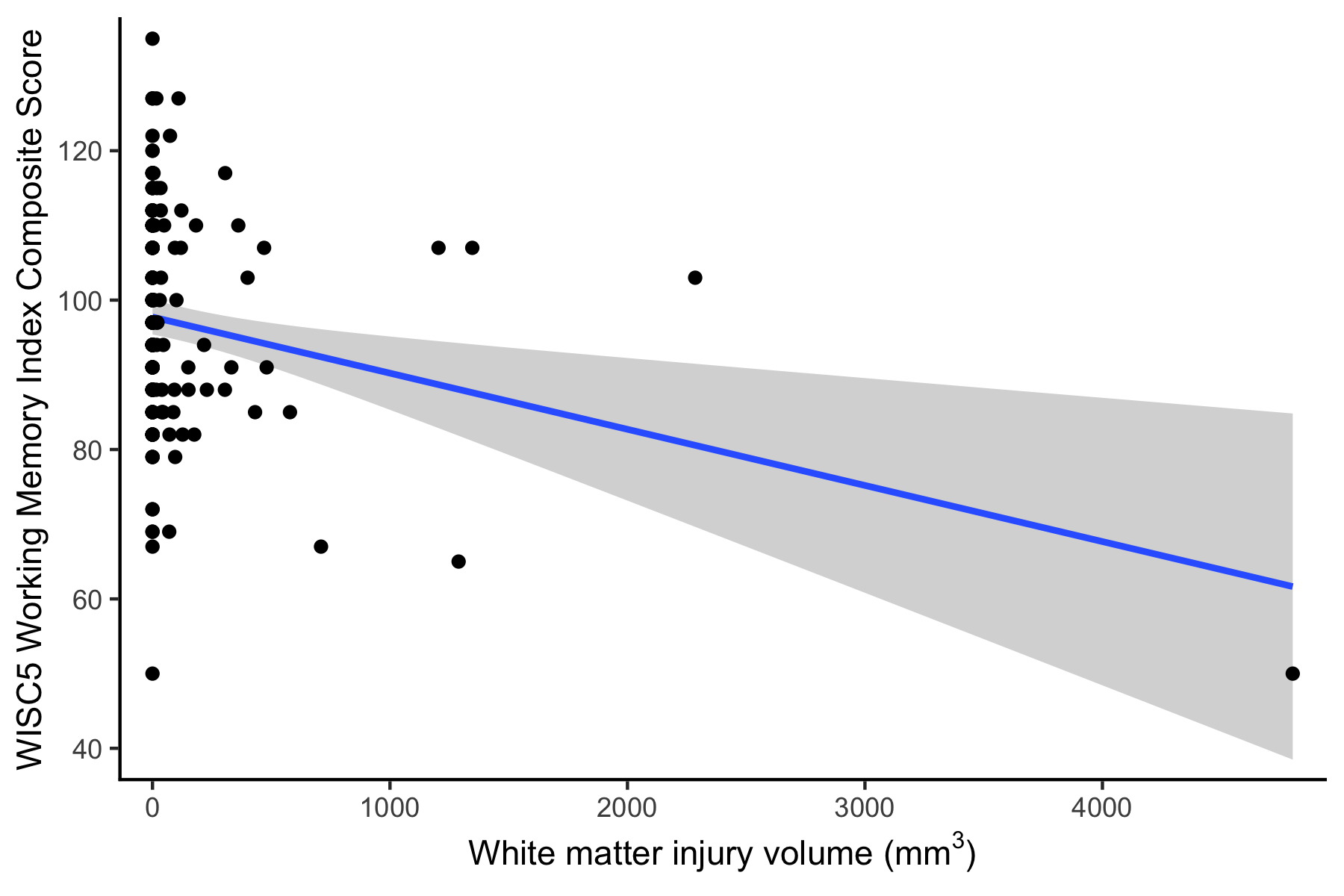Neonatal Neurology 6: Neurodevelopment
Session: Neonatal Neurology 6: Neurodevelopment
685 - Sex modifies the relationship between neonatal white matter injury and thalamocortical connectivity at school age
Sunday, April 27, 2025
8:30am - 10:45am HST
Publication Number: 685.6883
Steven Ufkes, University of British Columbia Faculty of Medicine, Vancouver, BC, Canada; Ting Guo, The Hospital for Sick Children, Toronto, ON, Canada; Cecil MY. Chau, University of British Columbia Faculty of Medicine, Vancouver, BC, Canada; Helen Branson, The Hospital for Sick Children, Toronto, ON, Canada; Vann Chau, The Hospital for Sick Children, Toronto, ON, Canada; Julie H. Petrie, BC's Children's & Women's Health Care Centre, Vancouver, BC, Canada; Ruth Grunau, University of British Columbia Faculty of Medicine, Vancouver, BC, Canada; Steven Miller, University of British Columbia Faculty of Medicine, Vancouver, BC, Canada
- SU
Steven Ufkes, MSc
Bioinformatician
University of British Columbia Faculty of Medicine
Vancouver, British Columbia, Canada
Presenting Author(s)
Background: Children born very preterm are at risk of brain injury and cognitive deficits, including working memory, into school age. Risk factors associated with preterm birth can affect males and females differently. Thalamocortical connectivity is important for cognition, and neonatal white matter injury (WMI) is related to decreased white matter integrity at school age.
Objective: Determine how neonatal white matter injury is related to school-age thalamocortical connectivity and working memory, and whether these relationships differ in males and females.
Design/Methods: In this prospective longitudinal cohort study of infants born preterm (24-32 weeks' gestation), recruited at a tertiary neonatal intensive care unit in Vancouver Canada, between 2006 and 2013, participants were followed to age 8 years. WMI volume was assessed on magnetic resonance imaging (MRI) acquired after birth once the infant was stable, and again at term-equivalent age. Thalamocortical connectivity was assessed on MRI at 8 years, defined as the number of streamlines connecting the thalamus to 62 cortical grey matter regions, normalized by the number of tractography seeds. Working memory was assessed at 8 years using the Wechsler Intelligence Scale for Children, 5th Ed (WISC5). Maternal education was categorized as primary or secondary school, undergraduate degree, or postgraduate degree. Associations between WMI, sex, connectivity, and working memory were assessed using linear regression models adjusted for birth gestational age and maternal education.
Results: Of 226 surviving infants, 163 were assessed at 8 years: 89 (54.6%) male and 53 (32.5%) had neonatal WMI. Connectivity was measured in 130 children with diffusion MRI at 8 years. Working memory scores were similar in males (median = 97 [interquartile range, IQR = 19]) and females (median = 97 [IQR = 22]). Sex modified the relationship of WMI volume with thalamocortical connectivity: males with greater WMI volume had more severely decreased connectivity than females (p= 0.03; Fig 1). Working memory was associated with thalamocortical connectivity (standardized ß = 0.27 [95% confidence interval, CI 0.10; 0.44], p= 0.002; Fig 2). Working memory was negatively associated with WMI volume (standardized ß = -0.24 [95% CI -0.40; -0.09], p= 0.002; Fig 3); this relationship was not modified by sex.
Conclusion(s): In children born very preterm, males with white matter injury are at greater risk of decreased thalamocortical connectivity. At 8 years, working memory is associated with greater thalamocortical connectivity and less severe neonatal WMI.
Figure 1
 Sex modifies the relationship between neonatal white matter injury and thalamocortical connectivity at 8 years: with greater white matter injury volume, males have more severely decreased thalamocortical connectivity than females.
Sex modifies the relationship between neonatal white matter injury and thalamocortical connectivity at 8 years: with greater white matter injury volume, males have more severely decreased thalamocortical connectivity than females. Figure 2
 Working memory is positively associated with thalamocortical connectivity at 8 years.
Working memory is positively associated with thalamocortical connectivity at 8 years.Figure 3
 Working memory at 8 years is negatively associated with neonatal white matter injury volume.
Working memory at 8 years is negatively associated with neonatal white matter injury volume.
